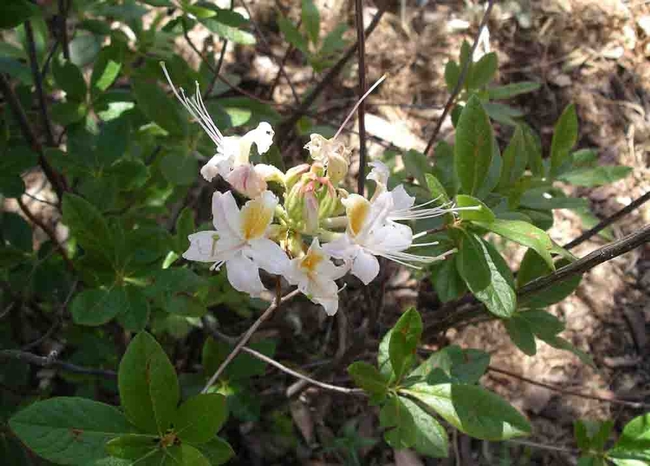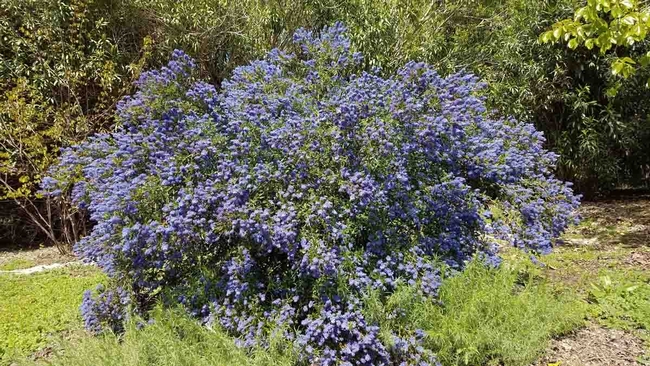Posts Tagged: plants
Fire vs. Plants: Some Plants Win!
“The fundamental chemistry of combustion lies at the core of the living world. When it happens within a cell it's called respiration. When it happens outside organisms, it's called fire.” (Stephen Pyne, NOVA) Plants cannot move when...
Using Native Plants for Weed Control
One of the first steps in ecological restoration is often controlling invasive weeds, which can be a major barrier to native plant establishment. But what happens after restoration is complete? At most sites, weed pressure is an ongoing challenge that...
Cooling the Garden Landscape
It's Autumn! As we shift to cooler weather, take time to evaluate your garden's damage and stress caused by this summer's extreme heat. This is the perfect time to devise long-term cooling and shading strategies to reduce sun and heat damage in the...
Lawn-pocalypse! Surviving Drought
Ah, summer! The season of sunburns, pool parties, and… lawn droughts. If your once lush, green carpet now looks like a crunchy brown doormat, you're not alone. Let's dive into why your yard is staging a dramatic death scene and what you can do to...

Bermuda grass and weeds overtaking drought stressed turf grass.
Firewise: Fire Resistant Plants
The devastating Camp Fire of 2018, along with the numerous fires North State residents have experienced since then, have led many of us to focus on creating a defensible fire-resistant landscape around our homes. As noted in this column last...

Western azalea. Cindy Weiner

Ceanothus 'Concha' is a good firewise choice. Jeanette Alosi
